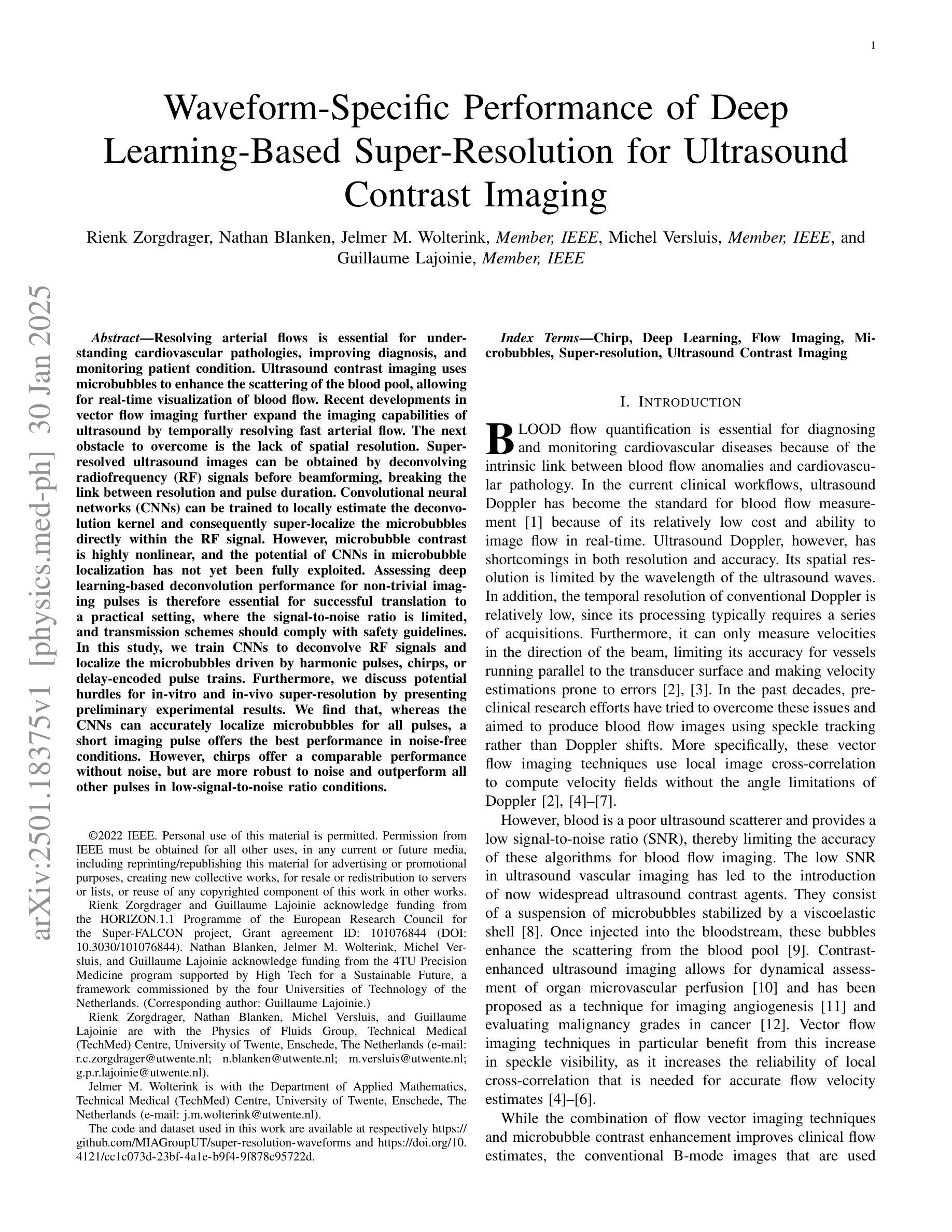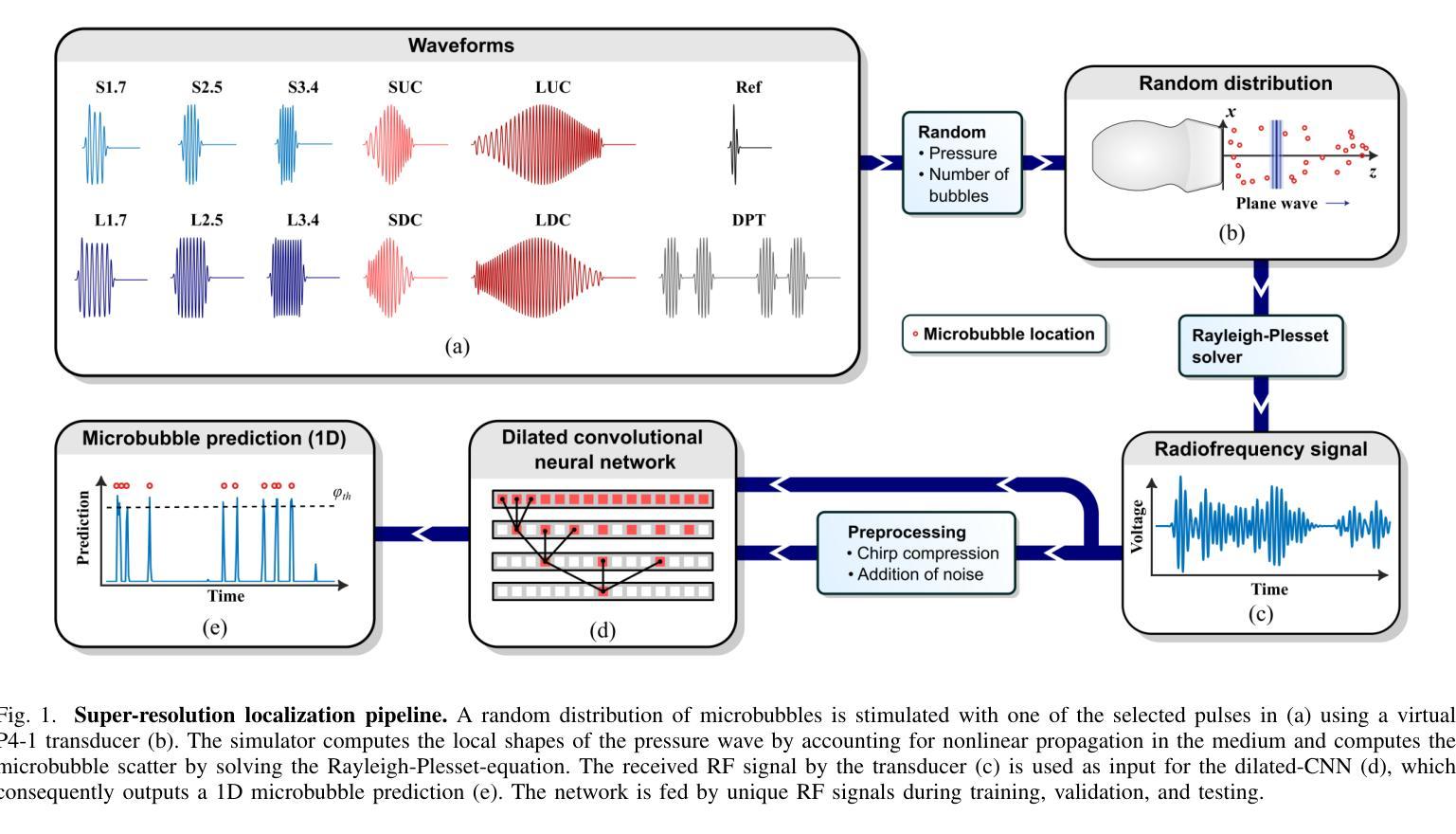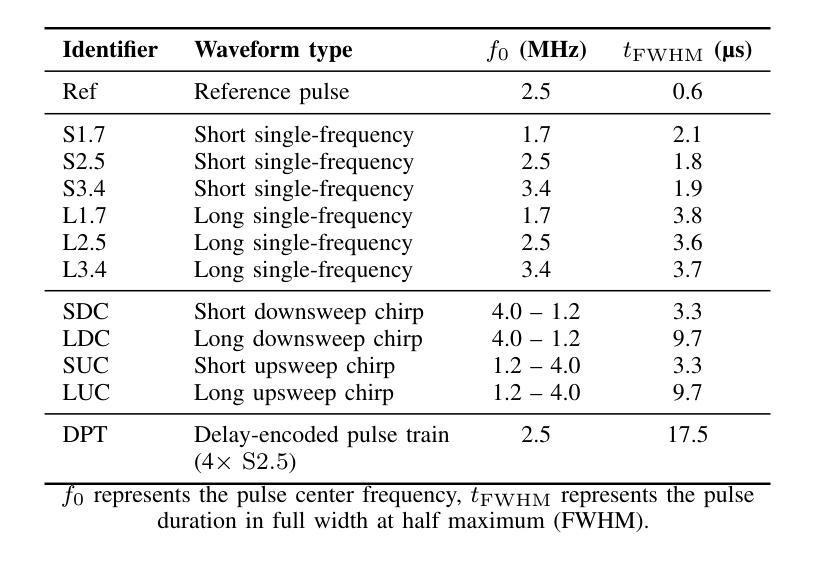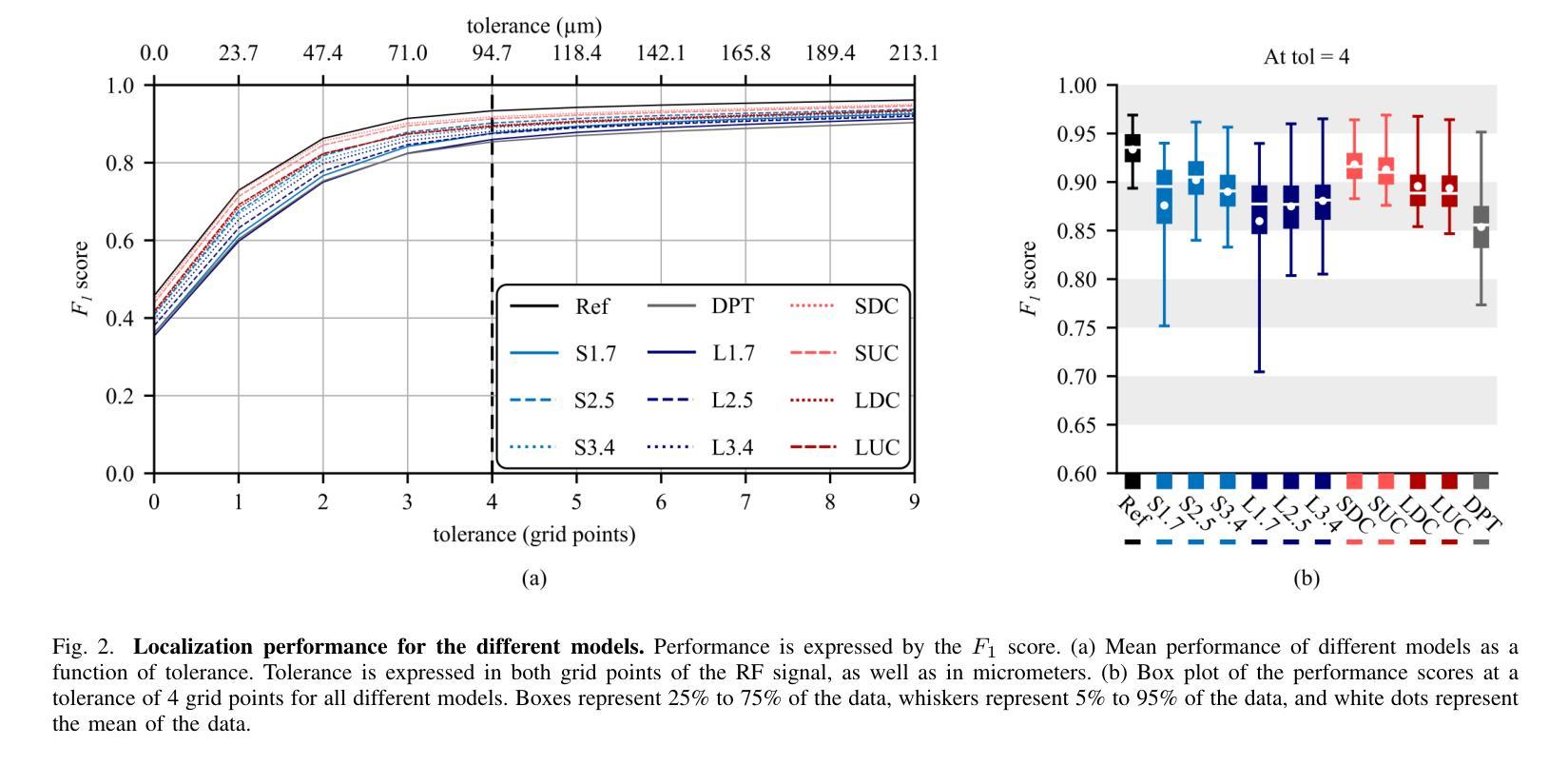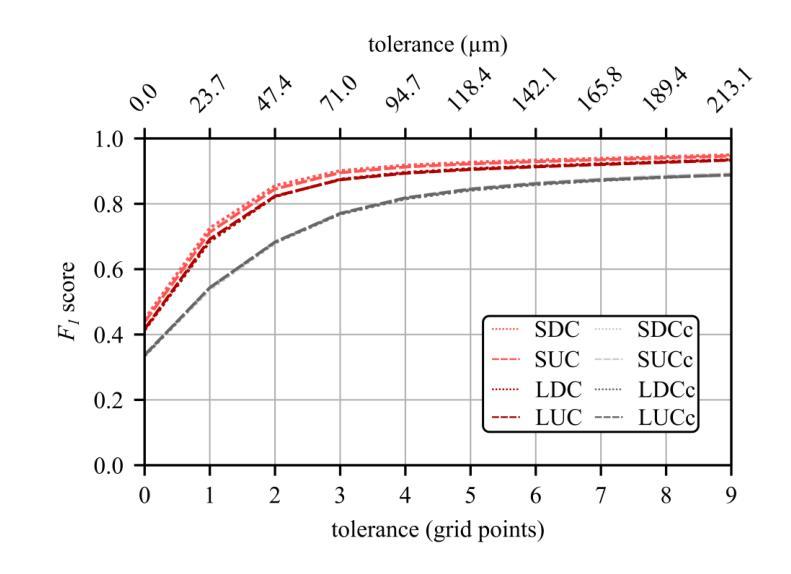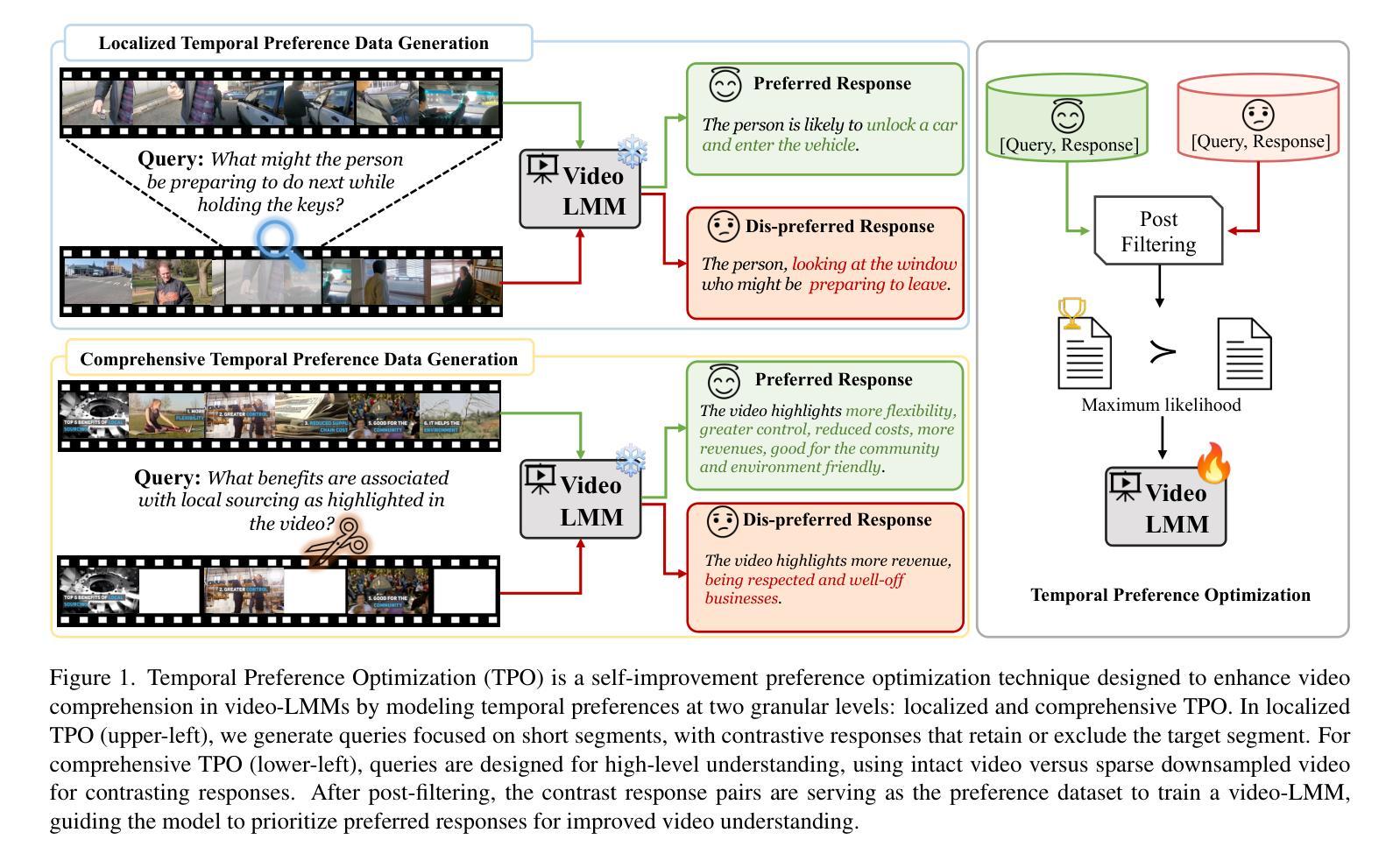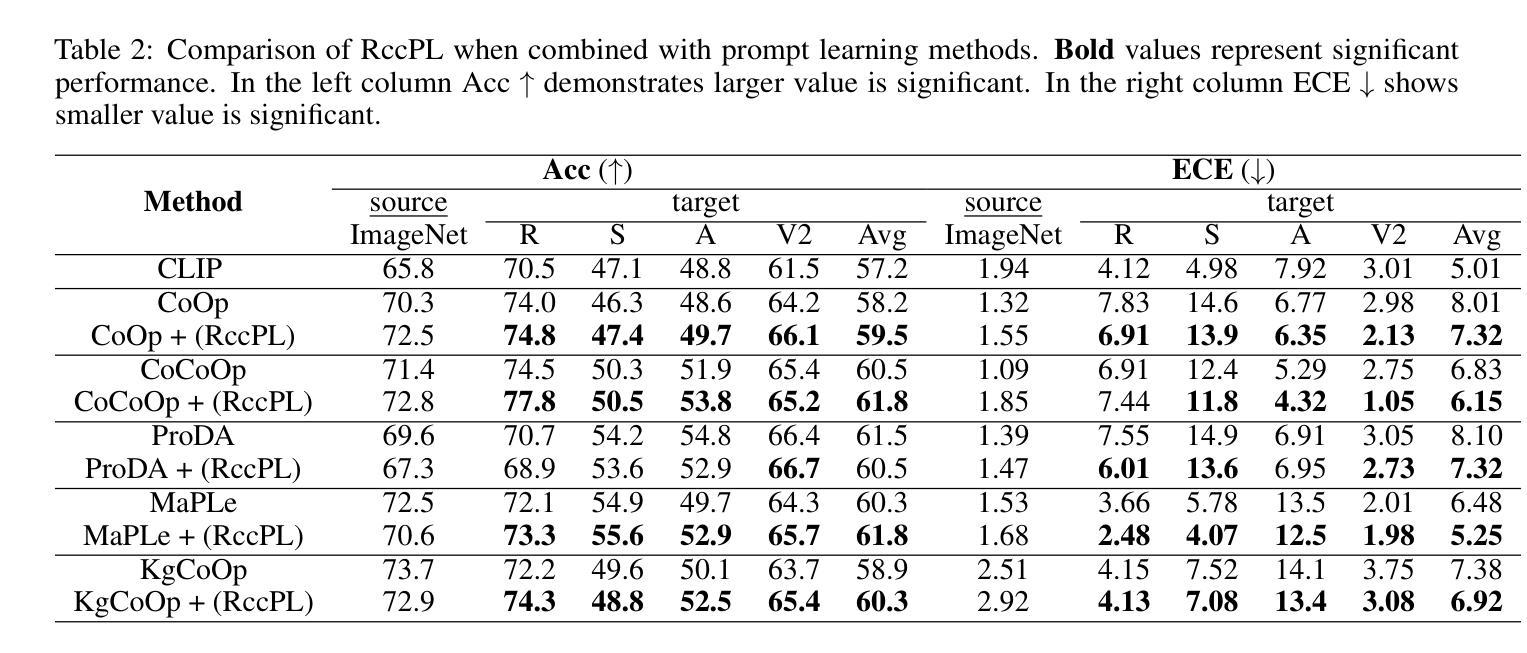⚠️ 以下所有内容总结都来自于 大语言模型的能力,如有错误,仅供参考,谨慎使用
🔴 请注意:千万不要用于严肃的学术场景,只能用于论文阅读前的初筛!
💗 如果您觉得我们的项目对您有帮助 ChatPaperFree ,还请您给我们一些鼓励!⭐️ HuggingFace免费体验
2025-02-01 更新
Waveform-Specific Performance of Deep Learning-Based Super-Resolution for Ultrasound Contrast Imaging
Authors:Rienk Zorgdrager, Nathan Blanken, Jelmer M. Wolterink, Michel Versluis, Guillaume Lajoinie
Resolving arterial flows is essential for understanding cardiovascular pathologies, improving diagnosis, and monitoring patient condition. Ultrasound contrast imaging uses microbubbles to enhance the scattering of the blood pool, allowing for real-time visualization of blood flow. Recent developments in vector flow imaging further expand the imaging capabilities of ultrasound by temporally resolving fast arterial flow. The next obstacle to overcome is the lack of spatial resolution. Super-resolved ultrasound images can be obtained by deconvolving radiofrequency (RF) signals before beamforming, breaking the link between resolution and pulse duration. Convolutional neural networks (CNNs) can be trained to locally estimate the deconvolution kernel and consequently super-localize the microbubbles directly within the RF signal. However, microbubble contrast is highly nonlinear, and the potential of CNNs in microbubble localization has not yet been fully exploited. Assessing deep learning-based deconvolution performance for non-trivial imaging pulses is therefore essential for successful translation to a practical setting, where the signal-to-noise ratio is limited, and transmission schemes should comply with safety guidelines. In this study, we train CNNs to deconvolve RF signals and localize the microbubbles driven by harmonic pulses, chirps, or delay-encoded pulse trains. Furthermore, we discuss potential hurdles for in-vitro and in-vivo super-resolution by presenting preliminary experimental results. We find that, whereas the CNNs can accurately localize microbubbles for all pulses, a short imaging pulse offers the best performance in noise-free conditions. However, chirps offer a comparable performance without noise, but are more robust to noise and outperform all other pulses in low-signal-to-noise ratio conditions.
解决动脉血流问题对于理解心血管病理、提高诊断水平以及监测患者状况至关重要。超声对比成像利用微泡增强血液池的散射,从而实现血流的实时可视化。向量流成像的最近发展进一步扩展了超声的成像能力,通过时间分辨率来解析快速动脉血流。下一个需要克服的障碍是空间分辨率不足。通过在波束形成之前对射频(RF)信号进行反卷积处理,可以获得超分辨率超声图像,打破分辨率与脉冲持续时间之间的联系。卷积神经网络(CNN)可以经过训练来局部估计反卷积核,从而直接在射频信号内超级定位微泡。然而,微泡对比高度非线性,CNN在微泡定位方面的潜力尚未得到充分开发。因此,评估基于深度学习的反卷积在非平凡成像脉冲上的表现对于成功将其应用于实际环境至关重要,实际应用中的信噪比有限,传输方案应符合安全准则。在这项研究中,我们训练CNN对射频信号进行反卷积并定位由谐波脉冲、啁啾或延迟编码脉冲列驱动的微泡。此外,我们还通过提供初步实验结果来讨论体外和体内超分辨率的潜在障碍。我们发现,虽然CNN可以准确定位所有脉冲的微泡,但在无噪声条件下,短成像脉冲表现最佳。然而,啁啾在无噪声情况下表现相当,但在噪声环境下更稳健,并在低信噪比条件下优于所有其他脉冲。
论文及项目相关链接
PDF Accepted for publication in IEEE Transactions on Ultrasonics, Ferroelectrics, and Frequency Control
摘要
超声成像技术利用微气泡增强血液池散射,实现血流实时可视化。近期向量流成像技术能解析快速动脉血流,但空间分辨率仍有待提升。通过射频信号解卷积预处理提升超声图像空间分辨率,打破分辨率与脉冲持续时间之间的关联。训练卷积神经网络以局部估计解卷积核,直接定位射频信号中的微气泡。但微气泡对比度的非线性特性,使得卷积神经网络在定位方面的潜力尚未充分挖掘。本文评估深度学习在噪声环境下的解卷积性能表现。研究发现,在非噪声条件下使用短暂成像脉冲时CNN定位微气泡效果最佳;在存在噪声情况下,利用线性调频脉冲能带来可靠表现。为在体、离体超分辨率成像提供了潜在障碍的初步实验结果讨论。
关键见解
- 解决动脉流对理解心血管病理、改善诊断和监测患者状况至关重要。
- 超声对比成像使用微气泡增强血液池散射,实现血流实时可视化。
- 向量流成像技术提升了超声成像能力,但空间分辨率仍是挑战。
- 通过射频信号解卷积预处理提升超声图像的空间分辨率。
- 训练卷积神经网络用于局部估计解卷积核并直接定位射频信号中的微气泡。
- 在存在噪声和复杂成像脉冲时评估深度学习解卷积性能至关重要。
- 在无噪声情况下,短暂成像脉冲微气泡定位效果最佳;在噪声环境下,线性调频脉冲表现优越。
点此查看论文截图
